The vinyl acetate-monomer market exhibits a dynamic competitive landscape characterized by a blend of innovation, strategic partnerships, and regional expansions. Key players such as Celanese Corporation (US), DuPont de Nemours Inc (US), and Eastman Chemical Company (US) are actively shaping the market through their distinct operational focuses. Celanese Corporation (US) emphasizes innovation in product development, particularly in sustainable solutions, which aligns with the growing demand for eco-friendly materials. Meanwhile, DuPont de Nemours Inc (US) is concentrating on enhancing its supply chain resilience, thereby ensuring consistent product availability amidst fluctuating market conditions. Eastman Chemical Company (US) is pursuing strategic partnerships to bolster its market presence, particularly in the specialty chemicals segment, which is increasingly relevant in the vinyl acetate-monomer sector. Collectively, these strategies contribute to a competitive environment that is both collaborative and competitive, fostering growth and innovation.
In terms of business tactics, companies are increasingly localizing manufacturing to reduce lead times and optimize supply chains. This approach appears to be a response to the need for greater agility in production and distribution. The market structure is moderately fragmented, with several key players holding substantial market shares while also facing competition from smaller, niche manufacturers. The collective influence of these major companies is significant, as they drive trends in sustainability and technological advancements, which are becoming critical differentiators in the market.
In October 2025, Celanese Corporation (US) announced a new initiative aimed at increasing its production capacity for vinyl acetate-monomer by 15%, reflecting its commitment to meeting rising demand. This strategic move is likely to enhance its competitive edge by ensuring a more robust supply chain and positioning the company favorably against its competitors. Furthermore, this expansion aligns with the broader industry trend towards increased production capabilities to cater to the growing applications of vinyl acetate in various sectors.
In September 2025, DuPont de Nemours Inc (US) launched a new line of bio-based vinyl acetate products, which underscores its focus on sustainability and innovation. This initiative not only addresses the increasing consumer demand for environmentally friendly products but also positions DuPont as a leader in sustainable chemical solutions. The introduction of bio-based alternatives could potentially reshape market dynamics, as competitors may need to adapt to this shift towards greener products to maintain their market positions.
In August 2025, Eastman Chemical Company (US) entered into a strategic partnership with a leading technology firm to develop advanced digital solutions for its manufacturing processes. This collaboration is indicative of the growing trend towards digitalization within the industry, as companies seek to enhance operational efficiency and reduce costs. By integrating advanced technologies, Eastman is likely to improve its production capabilities and responsiveness to market changes, further solidifying its competitive stance.
As of November 2025, the vinyl acetate-monomer market is increasingly defined by trends such as digitalization, sustainability, and the integration of artificial intelligence in production processes. Strategic alliances are playing a pivotal role in shaping the competitive landscape, enabling companies to leverage shared resources and expertise. Looking ahead, it appears that competitive differentiation will increasingly pivot from traditional price-based competition to a focus on innovation, technological advancements, and supply chain reliability. This shift may redefine how companies position themselves in the market, emphasizing the importance of adaptability and forward-thinking strategies.


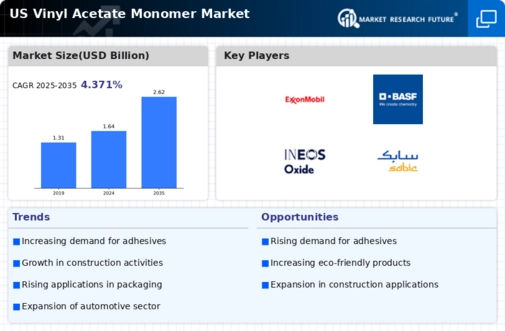
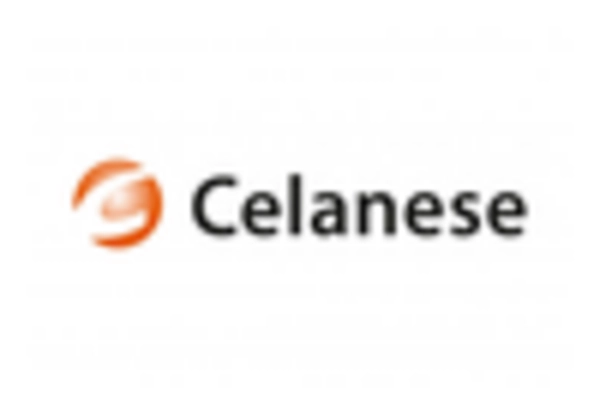
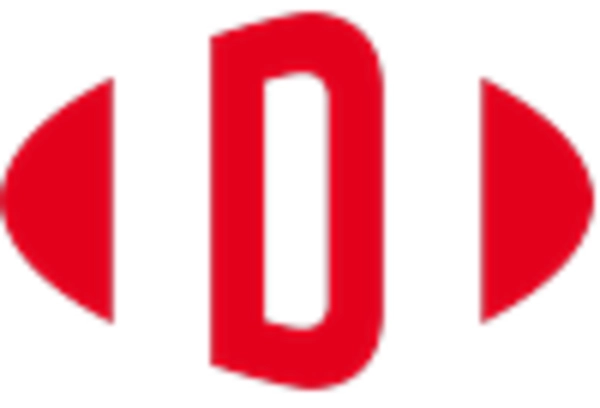
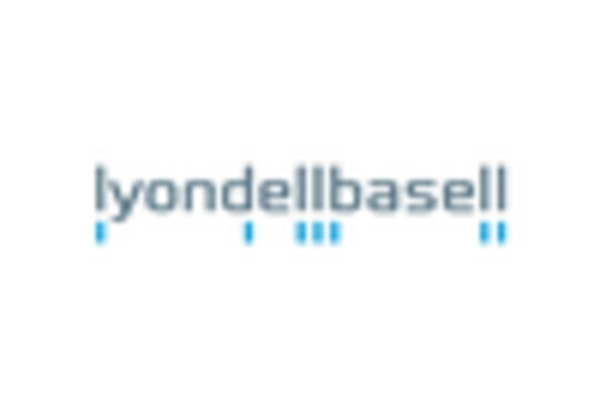
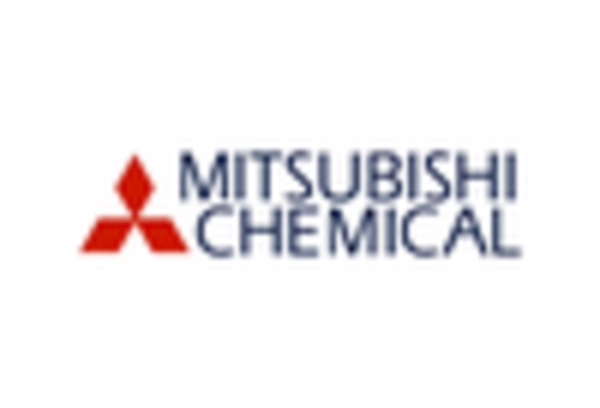
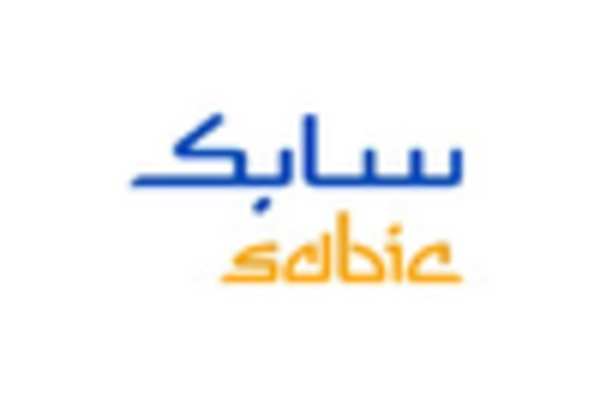
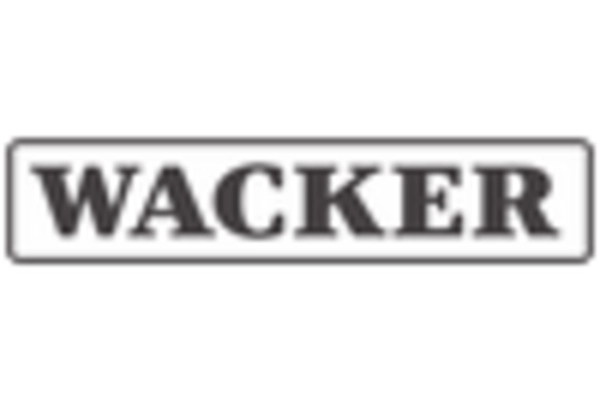








Leave a Comment